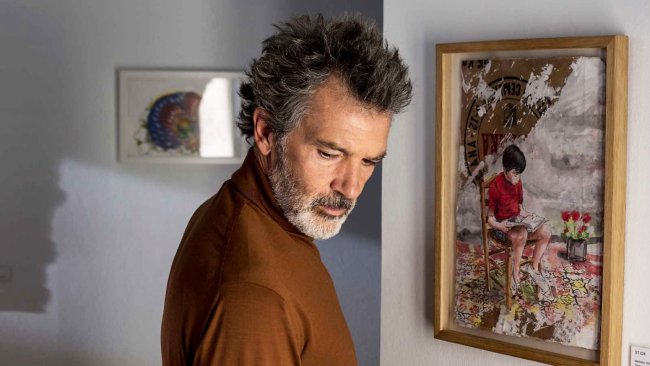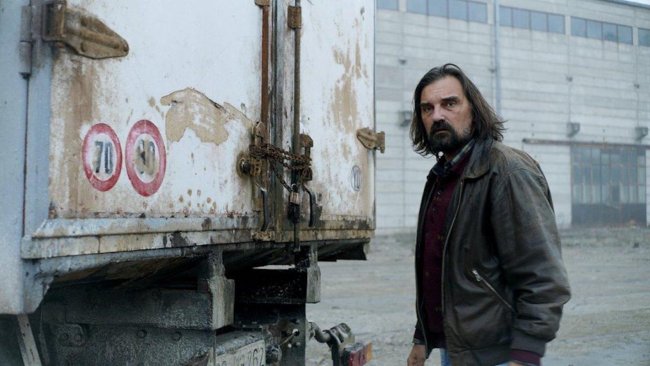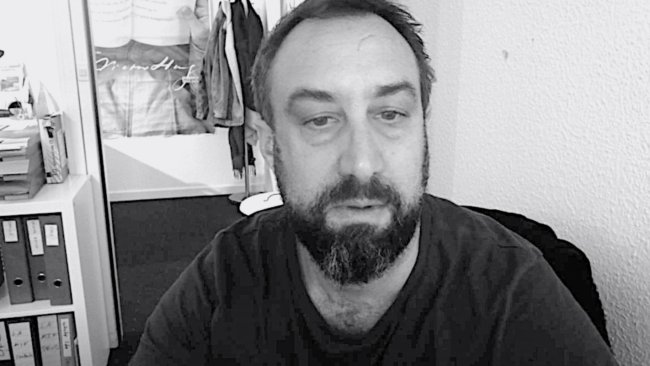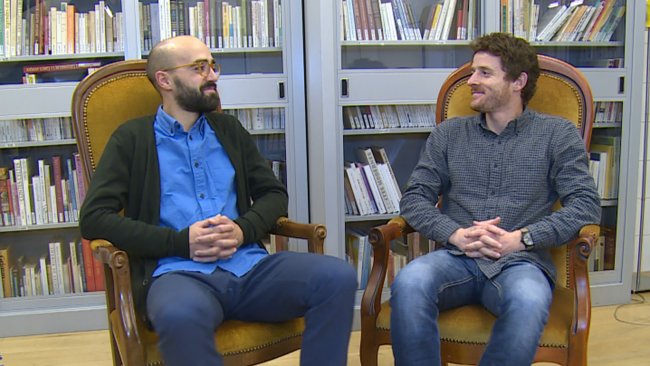Acid Forest
[…] Microcosm and macrocosm coalesce in this tiny location in the country, and what seems an ecological disturbance – between the animal and vegetal realms – ends up revealing the variety of human prejudices and views on nature.
[…] The experience of this change of perspective in our own view of the situation is quite incisive, as our fear of the cormorants transforms into a fear of the majority of people that easily decree the “death penalty” for the cormorants.
[…] It is astonishing how Barzdžiukaite’s very simple dispositive is able to allow the emergence of greater themes such as the ecological challenges and the constant re-negotiation of the relationship between man and nature, but is also able to single out layers of emotion, from the joy of nature to the fear of nature, and even the social fear.
Text: Giuseppe Di Salvatore
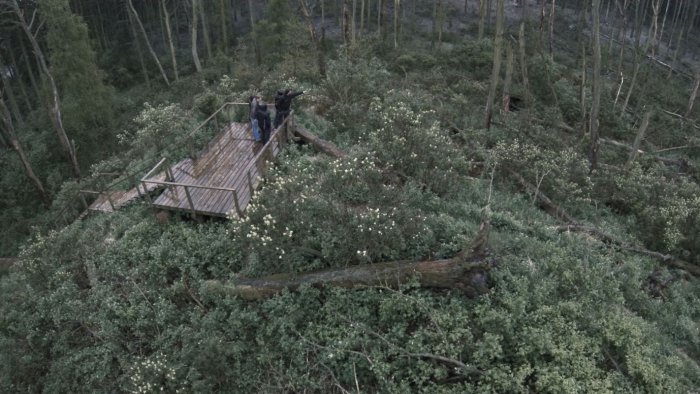
The film is Lithuanian, but the languages of the film are Lithuanian, English, German, French, Finnish, Russian, Mandarin Chinese, Estonian, Japanese and Spanish, to which one has to also add the language of the cormorants, one of the main characters in the film. In Acid Forest, tourists from all over the world come to see how a recent colony of cormorants is destroying a part of the UNESCO heritage forest in Lithuania, as their excrement is acidifying the soil, and therefore slowly killing the pines. Microcosm and macrocosm coalesce in this tiny location in the country, and what seems an ecological disturbance – between the animal and vegetal realms – ends up revealing the variety of human prejudices and views on nature.
The filmic dispositive is essential and minimalist: a wooden sighting platform in the middle of the most ravaged part of the forest, and several cameras and microphones spread out in the forest to record and watch the platform itself, which becomes a sort of theatrical stage for the opinions and reactions of the tourists. The point of view is viewed, we observe the observers – a shift that recalls some of the works of the Latvian filmmaker Laila Pakalnina, where the people are often observed via an ethological lens… With this simple dispositive, the dramaturgy of this essayistic documentary is made “by chance” exclusively through the observations of the tourists themselves. These are cleverly composed by Rugile Barzdžiukaite’s editing, which simply alternates the “theatrical” interventions of the tourists with the images of the cormorants in a sort of indirect battle.
In this alternation, we have plenty of time to reflect and have an immersive experience in the forest, for which the exceptional sound track by Dovydas Korba provides efficacy and continuity. However, the long naturalist shots never indulge in sheer contemplation, as Barzdžiukaite has selected a series of “human interventions” that constantly offer information and humour. With each successive naturalist shot, we are gifted a different perspective on the situation. More precisely, concerning the ecological question, our understanding evolves from the world's overheating that would be responsible for this ecological disaster (for the pine forest), through the necessity of a human intervention to regulate the population of cormorants, up to the final discovery that the cormorants were always present in the region, then disappeared because of the intervention of the men, and how their excrement is harmful for the pines but not for other trees, like the oaks, and for the general fertility of the soil. Our perspective changes from witnessing a chilling catastrophe to observing a normal transformation of nature.
The experience of this change of perspective in our own view of the situation is quite incisive, as our fear of the cormorants transforms into a fear of the majority of people that easily decree the “death penalty” for the cormorants. Therefore, during the viewing of Acid Forest, indirect topics such as the fear of the invasion of strangers, or the question of ethnic cleansing, become more and more evident. Moreover, the film is equally able to throw an ironic light on the fiend of nature, or to reveal the importance of cinematic models such as Alfred Hitchcock’s The Birds (1963) or the landscape of Chernobyl.
It is astonishing how Barzdžiukaite’s very simple dispositive is able to allow the emergence of greater themes such as the ecological challenges and the constant re-negotiation of the relationship between man and nature, but is also able to single out layers of emotion, from the joy of nature to the fear of nature, and even the social fear. In addition, it is truly astonishing that this mature and intriguing documentary work has not found its way into more remarkable sections than the “Fuori concorso” section at Locarno Festival…
This article contains a third-party video. If you would like to watch the video, please adjust your settings.
Info
Acid Forest | Film | Rugile Barzdžiukaite | LT 2018 | 63’ | Locarno Festival 2018, Fuori concorso
Swatch Art Peace Hotel Award at Locarno Festival 2018
First published: August 13, 2018
